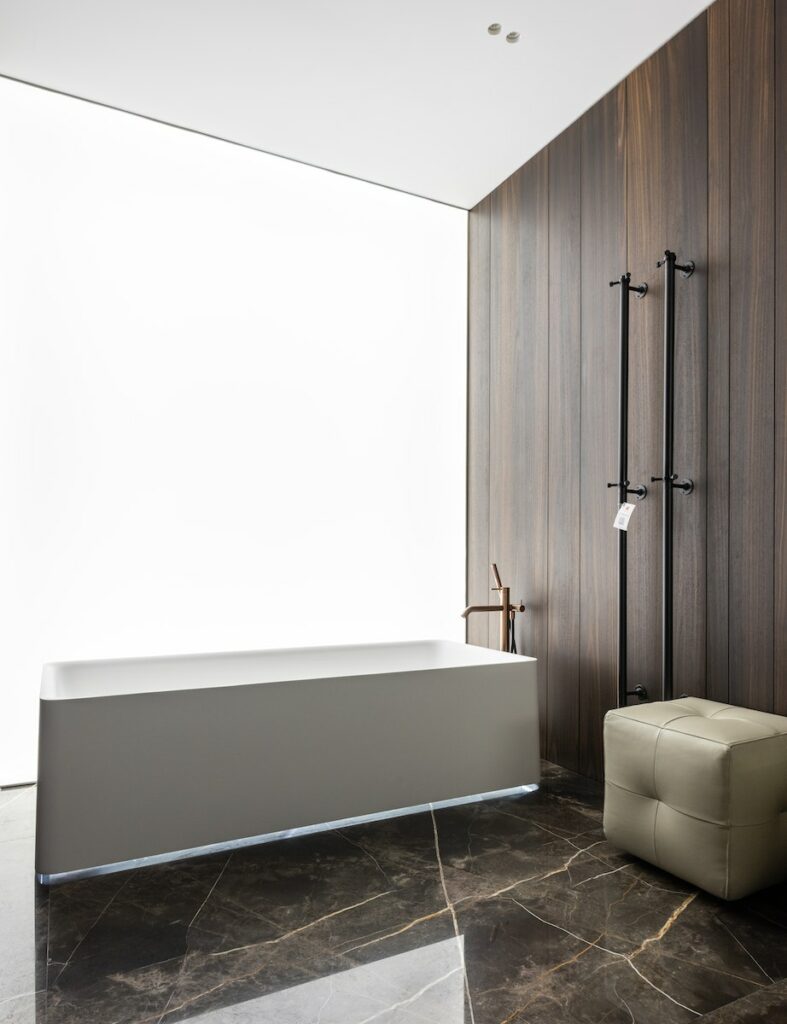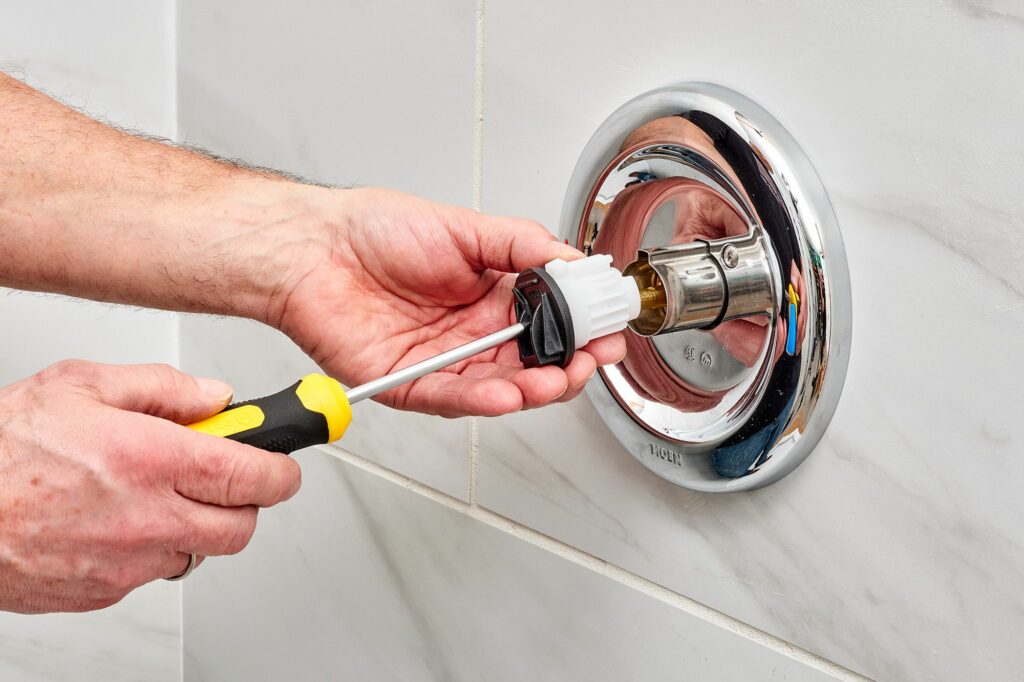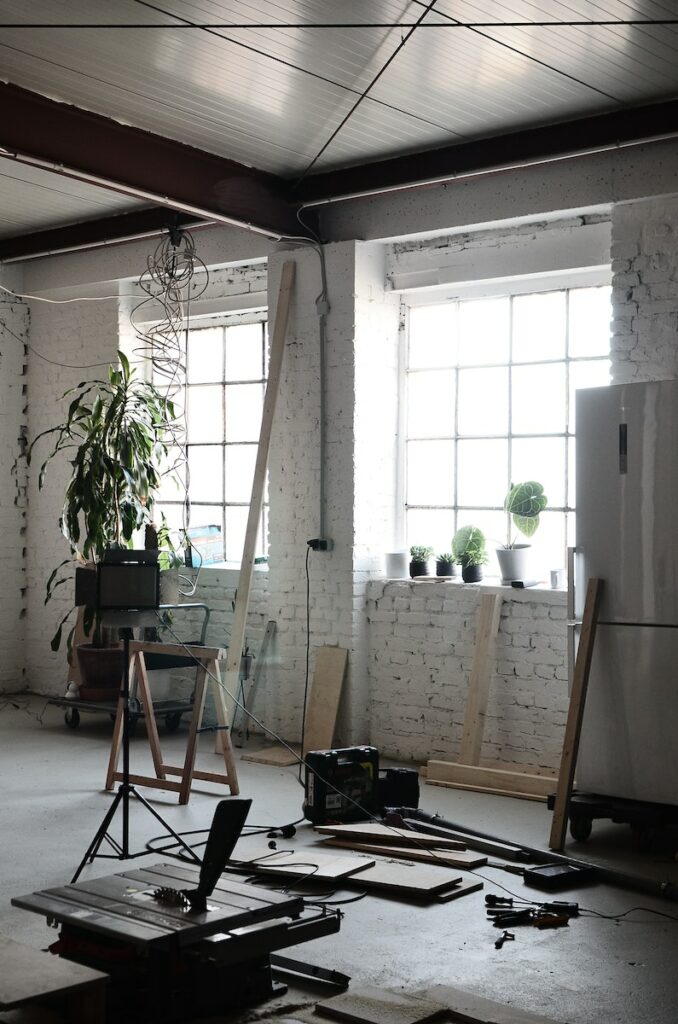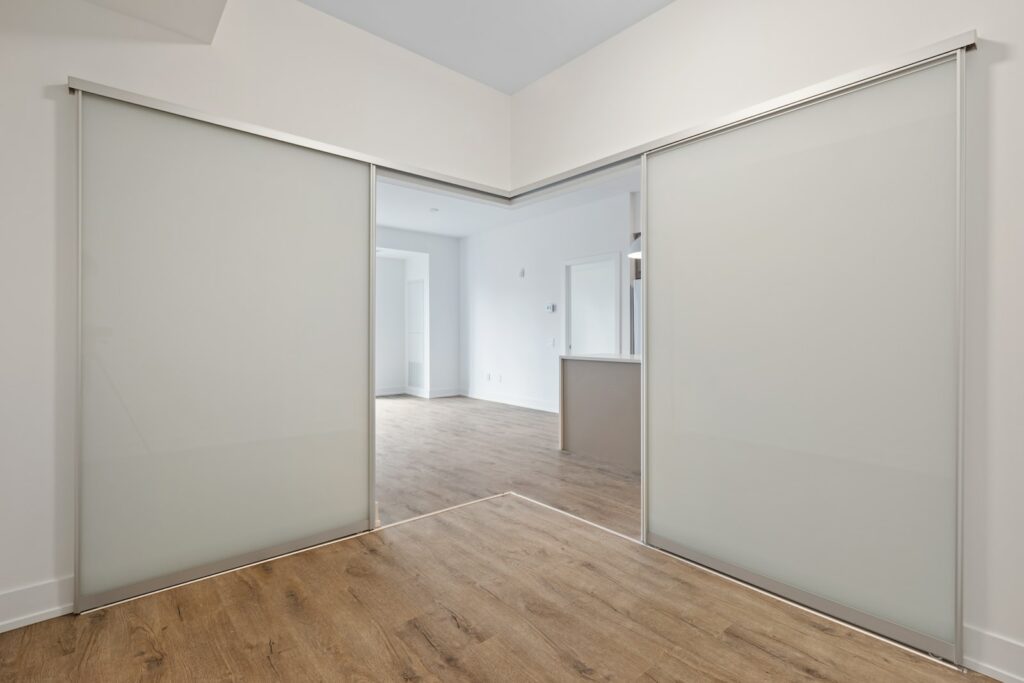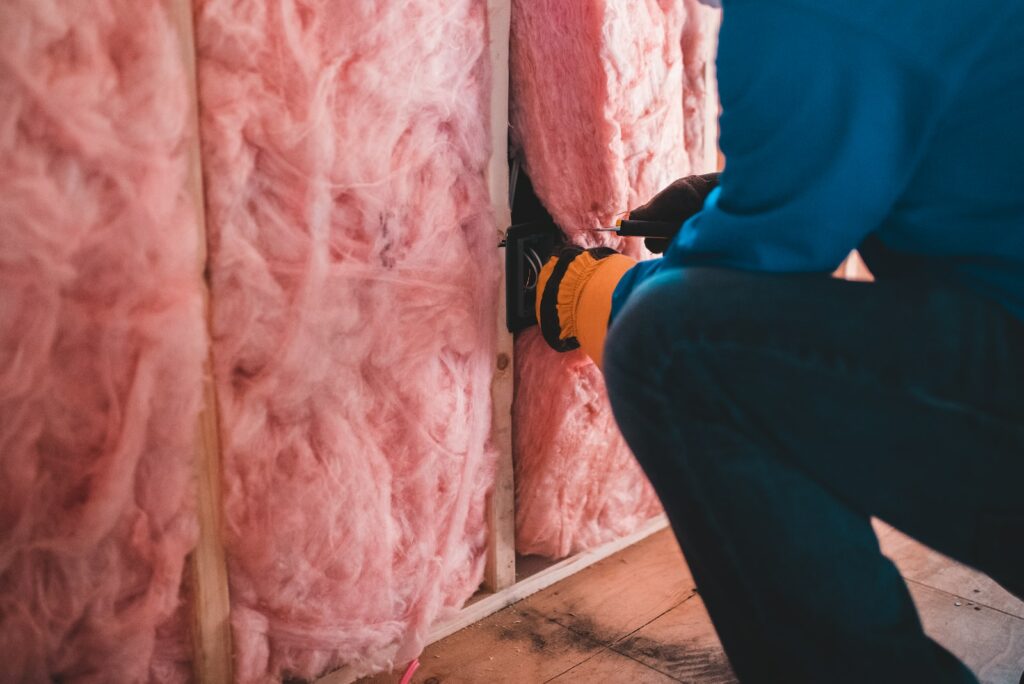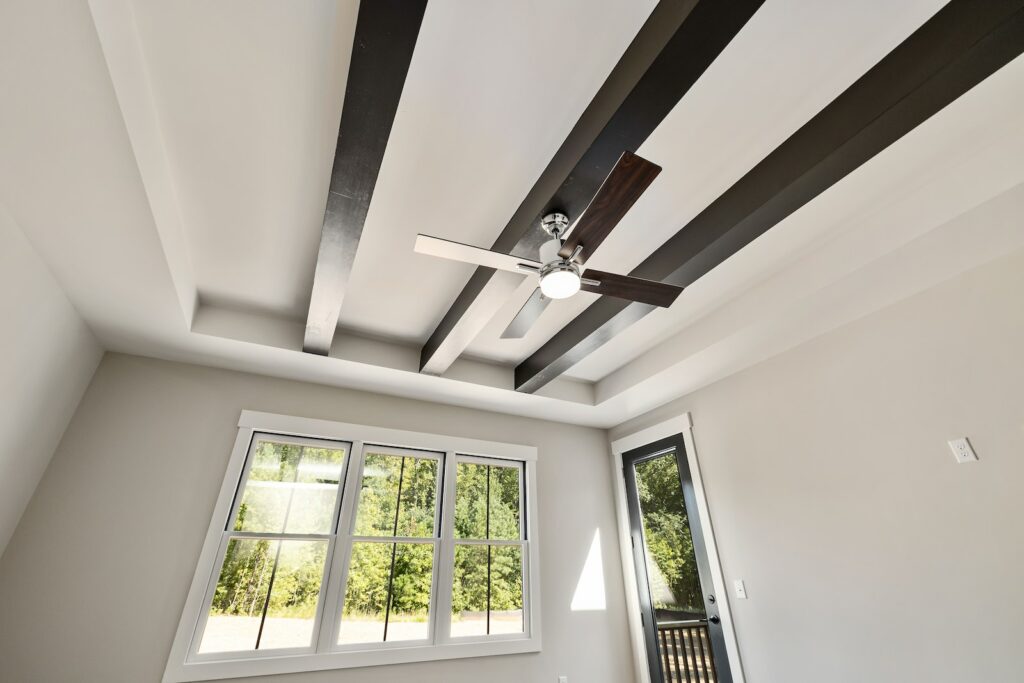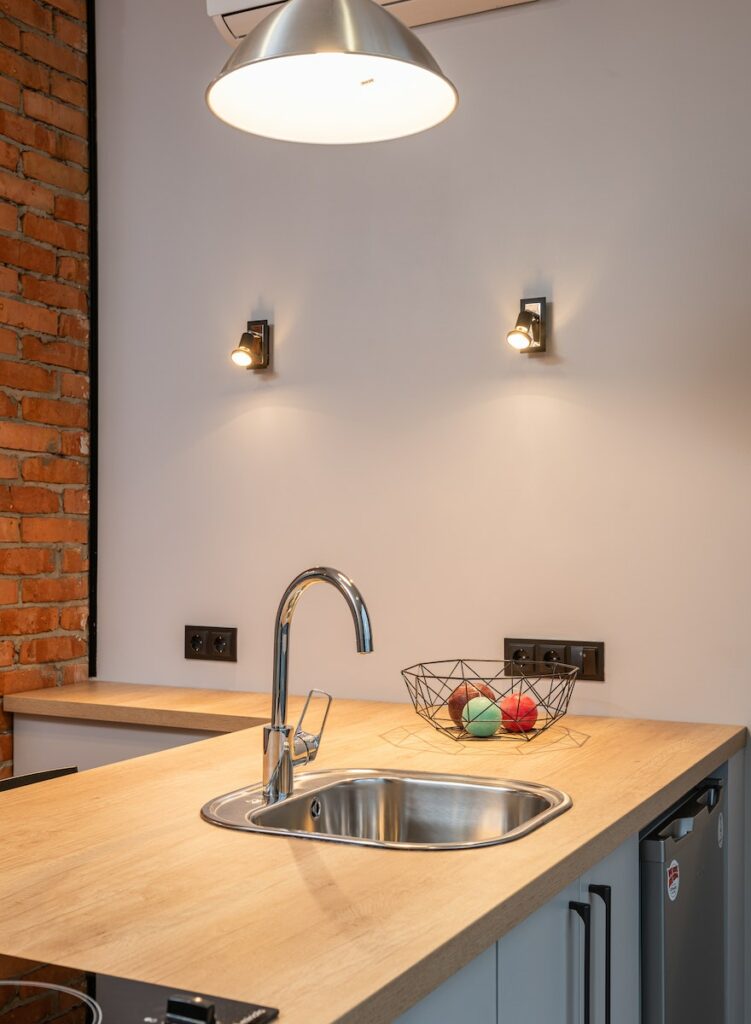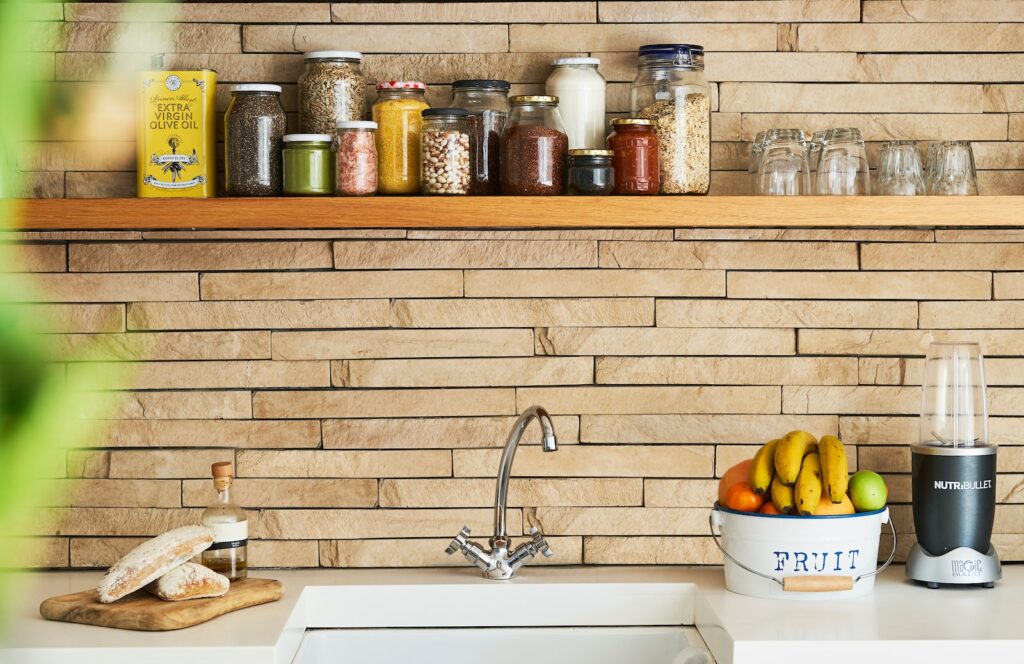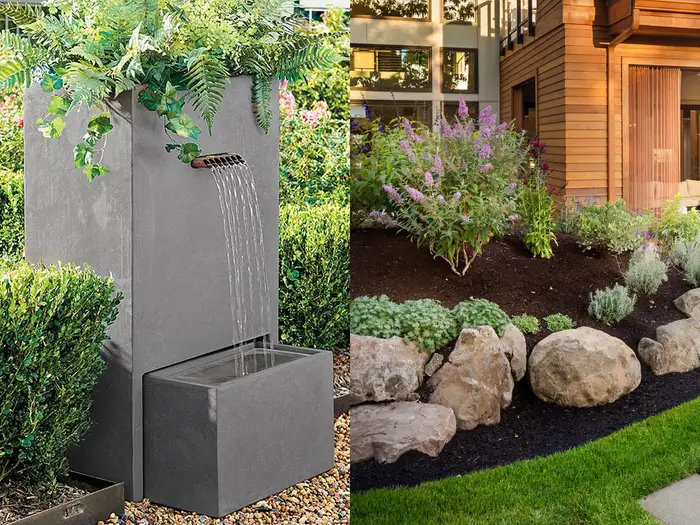The Pros and Cons of Different Bathroom Flooring Materials
The bathroom is one of the most important rooms in the home. It needs to be comfortable, inviting, and safe. Choosing the right materials for bathroom flooring is an important part of creating an environment of relaxation and luxury. There are many different materials to choose from, each with their own unique pros and cons. This article will provide an in-depth look into the pros and cons of different bathroom flooring materials to help the reader make an informed decision when selecting the best one for their space.
Tile
Tile is an excellent choice for bathroom flooring. It is durable, easy to clean, and comes in a variety of colors and styles. Tiles are also water-resistant, making them a great choice for bathrooms. The downside of using tile is that it can be cold to the touch and can be slippery when wet.
Vinyl
Vinyl is another popular choice for bathroom flooring. It is softer than tile and comes in a variety of colors and patterns. Vinyl is also water-resistant, making it a great choice for bathrooms. A potential downside of vinyl is that it can be difficult to clean and can be damaged with heavy use.
Laminate
Laminate is a great option for bathroom flooring. It is less expensive than tile or vinyl and comes in a variety of styles and colors. Laminate is also water-resistant and easy to clean. The downside of using laminate is that it can be damaged by water and cannot be refinished.
Carpet
Carpet is an option for bathroom flooring, but it is not recommended because it is porous and can be damaged by water. Carpet can also be a slip and trip hazard when wet.
Wood
Wood can be a great option for bathroom flooring. It is durable, attractive, and comes in a variety of colors and styles. However, wood can be damaged by water and may require more maintenance than other materials.
Cost and Time
The cost of installing bathroom flooring materials can vary widely. Tile and vinyl are generally more expensive than laminate and wood, but the cost can still vary based on the quality and size of the material. Installing bathroom flooring can also take a significant amount of time – up to several days or even weeks depending on the size and complexity of the job.
Precautions
When selecting flooring materials for a bathroom, it is important to choose materials that are non-slip and water-resistant. Bathroom floors should always be kept dry and clean to prevent slips and falls. It is also important to pay close attention to the installation instructions on all flooring materials, as improper installation can lead to water damage and even structural damage.
Conclusion
Choosing the right bathroom flooring material can be a daunting task. It is important to consider all the pros and cons of different materials carefully and to make sure to pay close attention to cost and time requirements. By being aware of the potential hazards and taking the necessary precautions, the reader can be sure to select the perfect flooring material for their bathroom.

